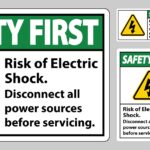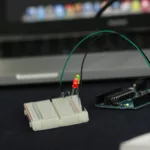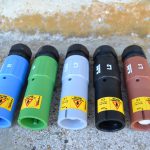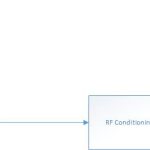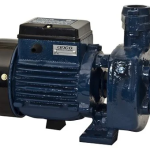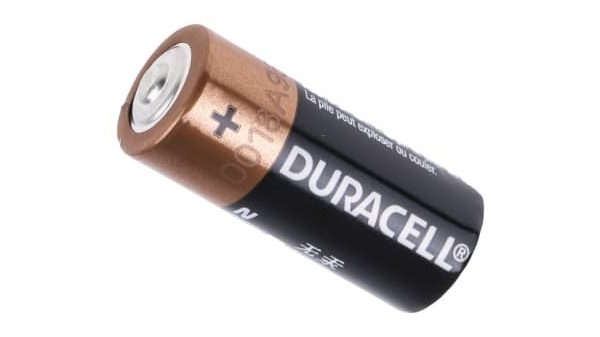
n battery
An n battery is a common battery that has a dimension of 30.2 millimeter in length and 12 millimeter in diameter. Read about Batteries and its different types in this article.
An n battery is the typical size of a dry cell battery. It is mostly used in small electronic devices like TV remotes, and kid’s toys. It has specific dimensions. The length is 30.2 mm while the diameter of the battery is 12 mm. Its shape is in the form of a cylinder. Although the chemistry of this type of cell is mostly alkaline, its chemistry can vary greatly across all domains.
Chemistry of dry cell battery
In Science, an electrical battery converts stored chemical energy into electrical energy. In other words, it acts as a power source to electrical circuits in small devices.
A dry cell battery has a cathode and anode with an electrolyte as a paste in between. The electrolytic paste is made of ammonium chloride. As it has no liquid contained in it, it operates without specific orientation.
A typical dry cell consists of a zinc which acts as an anode. The zinc anode is on the outer side of the dry cell. The cathode is made of a carbon rod which lies in the middle of the dry cell. Around the cathode, there is a mixture of manganese dioxide.
Types of batteries
Batteries are classified into two main categories; Primary batteries and secondary batteries.
Primary Batteries
These are cheap and simple batteries with no requirement of maintenance. The common type of this type include alkaline batteries.
The popularity of alkaline batteries is because of its cheapness and superior performance than all other types of batteries.
Other types of battery include magnesium based batteries.
Magnesium batteries are considered as alternatives to lithium ion batteries. It has many advantages over many different types of batteries. Firstly, it has greater safety compared to lithium ion batteries. We have seen many cases where lithium ion batteries explode or other things happen with it. Also the energy storage capacity of magnesium batteries is higher than that of lithium ion batteries.
Mercury Battery
This type of battery is banned commercially in many countries. It is not a rechargeable battery. The energy is generated by the reaction of mercuric oxide and zinc electrode. Mercury batteries are designed in the form of button cells. It is used in wrist watches and calculators.
Secondary Batteries
The first thing when it comes to mind about secondary batteries is its recharging capability. It is used where the interrupted requirement of energy is great. Uninterrupted Power Supply is attached to secondary batteries like six cell alkaline batteries to complete its requirement.
Nickel Cadmium Batteries
The nickel-cadmium battery is a high-performance rechargeable battery used in power drills, flashlights, and other portable electronic devices. The cathode is made of nickel oxide. The anode is made of cadmium. The electrolyte is a solution of potassium hydroxide.
The following are some of the advantages of nickel-cadmium batteries.
It has more recharge and discharge cycles than any other electronic battery. It has higher energy density and is more compact than lead-acid batteries.
Now let’s talk about its disadvantages. They are extremely toxic to nature if thrown out at the environment. They are more expensive than any other type of battery available in the market.
Different sizes of batteries
As it is common sense, the larger the size of the battery, the greater it has the ability to store energy. All sizes are rated 1.5 volt as it is a common potential difference.
AA Batteries
When one thinks of batteries, this size usually comes to mind. They are the best size sellers when it comes to battery types. Their uses range from portable thermometers to old age cordless phones. They are also used on wall mounted clocks.
AAA Batteries
These sizes of batteries are also used widely. They are popular for use in electronic calculators and kids toys. Not only but they are widely used in electronic toys and TV remote controls.
AAAA Batteries
These are the less used batteries. These are the smallest among all but are high performance batteries. They are used in LED and lasers. They are used also in small electronic devices such as sugar meter reading devices and hearing devices.
C Batteries
They are known as heavy duty batteries. They are used in large electronic toys, flashlights and most commonly in radios.
Different between a Cell and Battery
A cell is a single entity that stores and does the work of interconversion of energies. An n battery consists of a group of cells. Cells are cheap while batteries are expensive.
Conclusion
In this article, we discussed the chemistries of dry cells, the difference between cells and batteries and the dimensions of n batteries.






